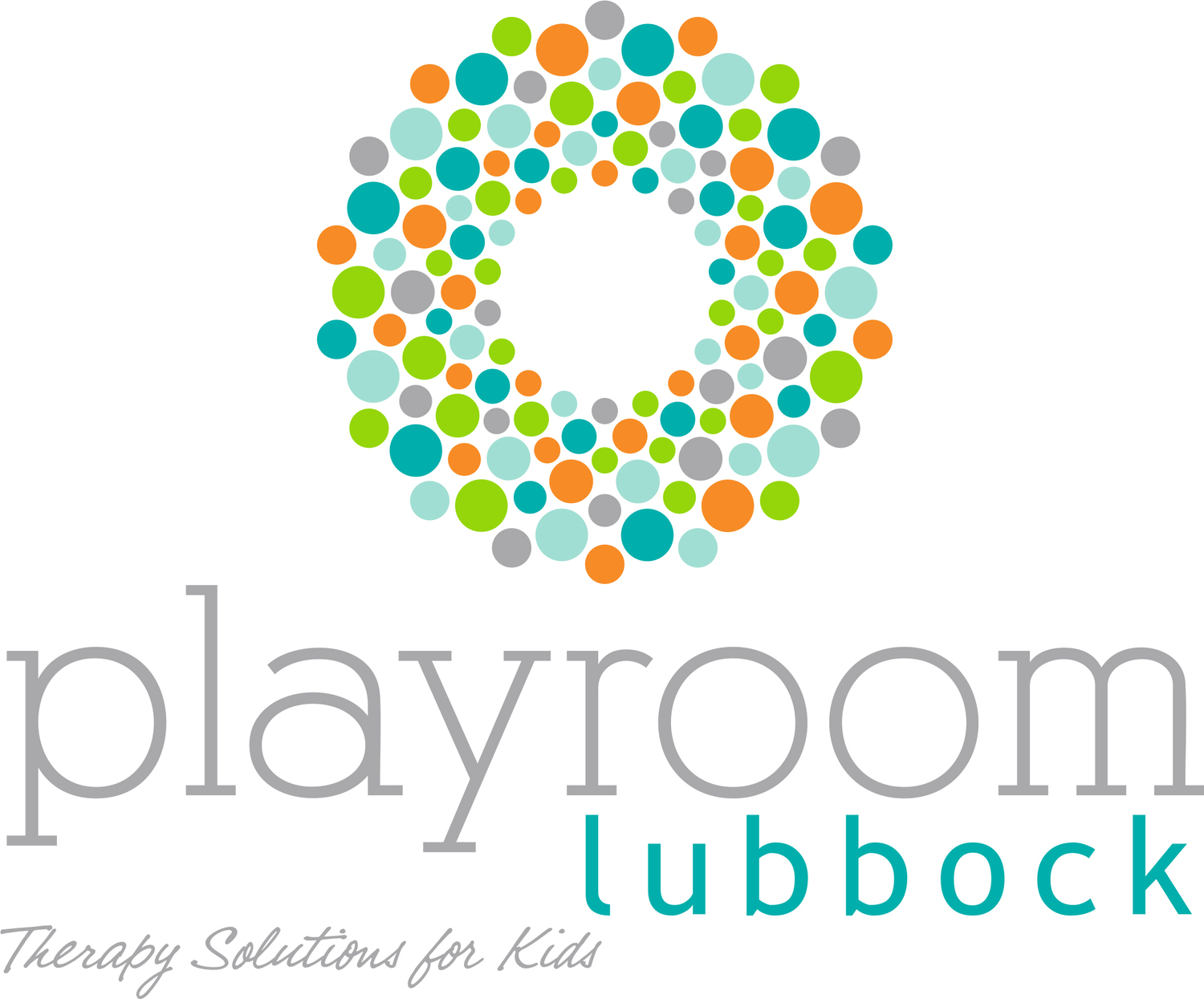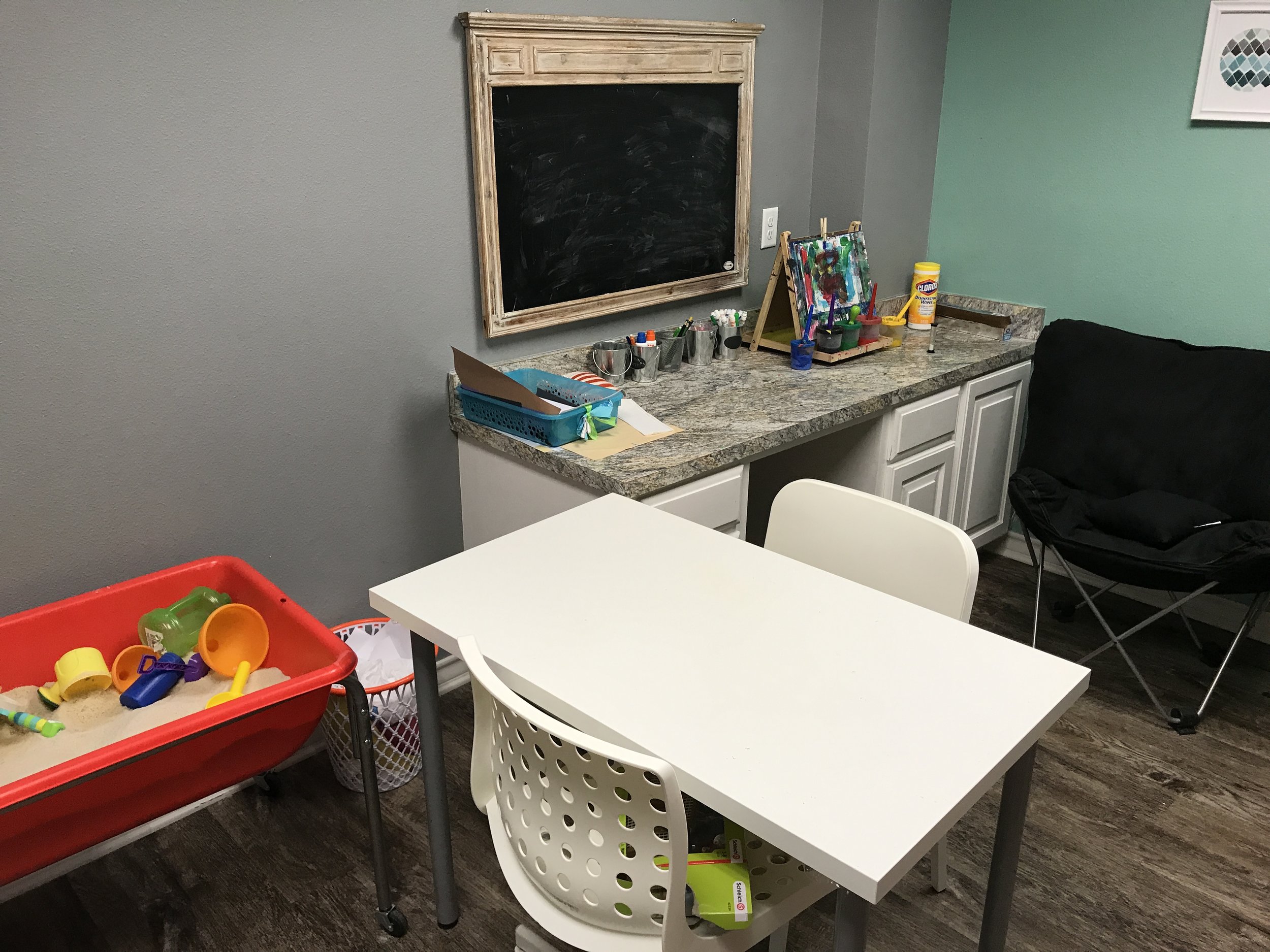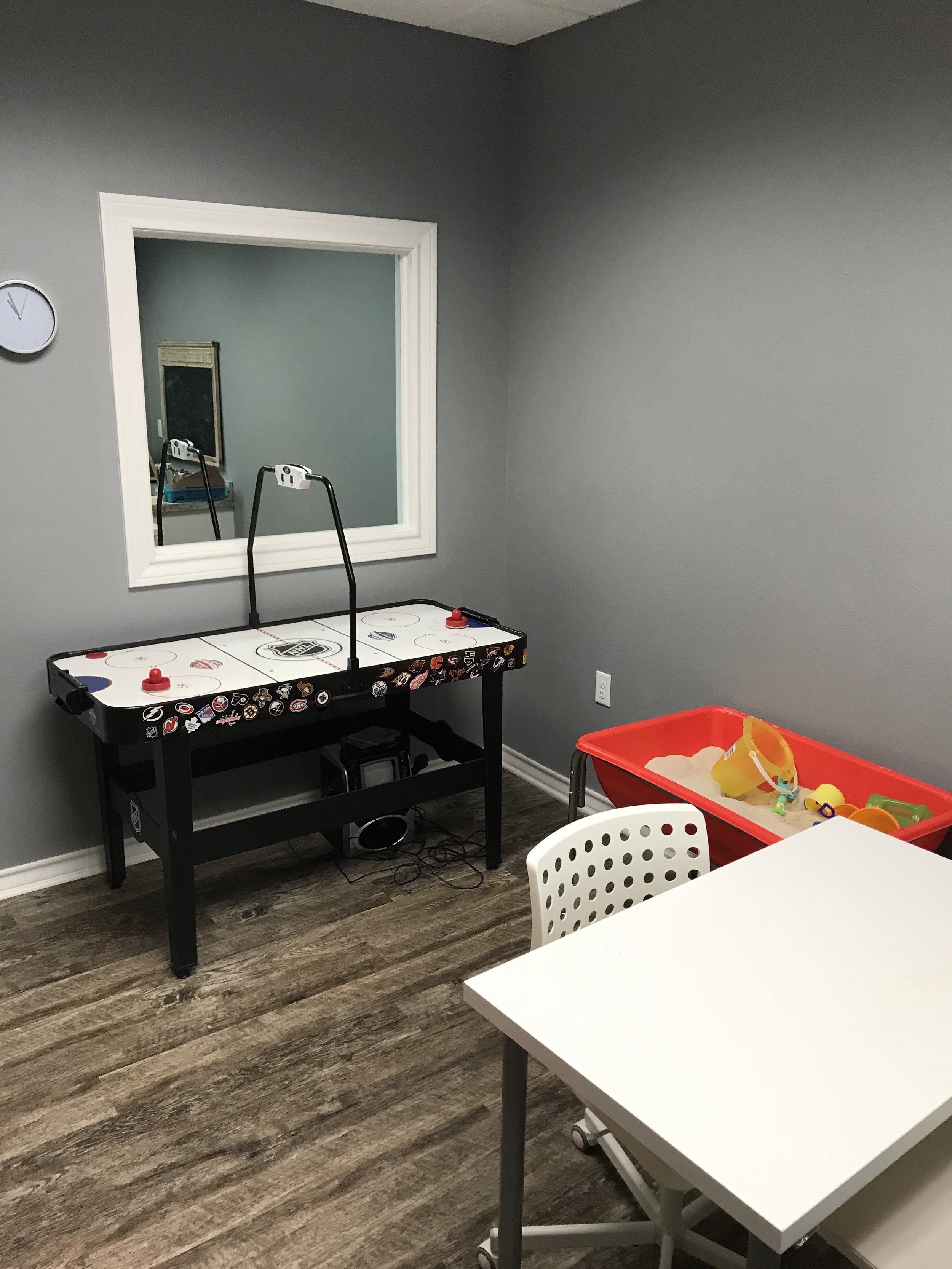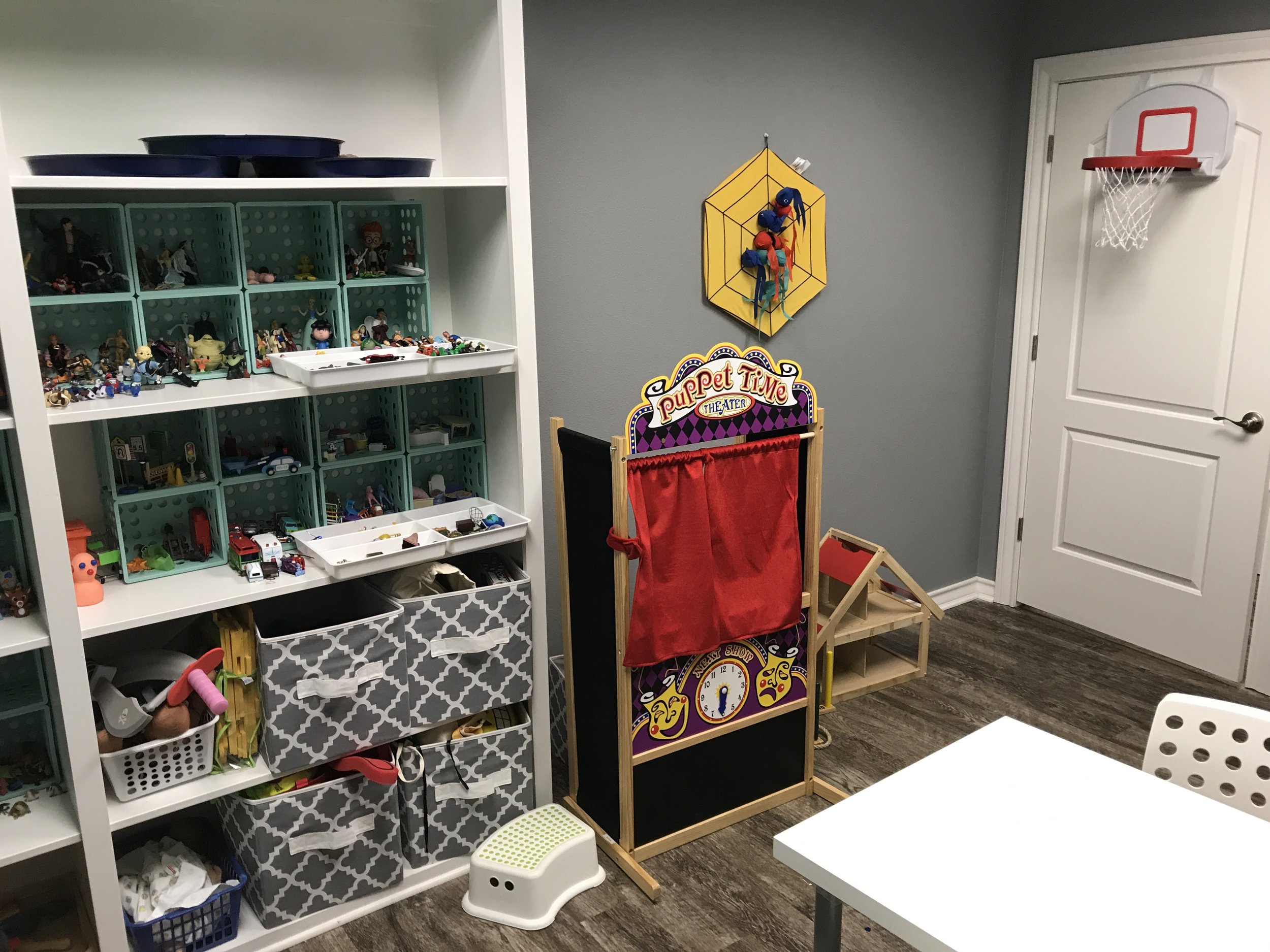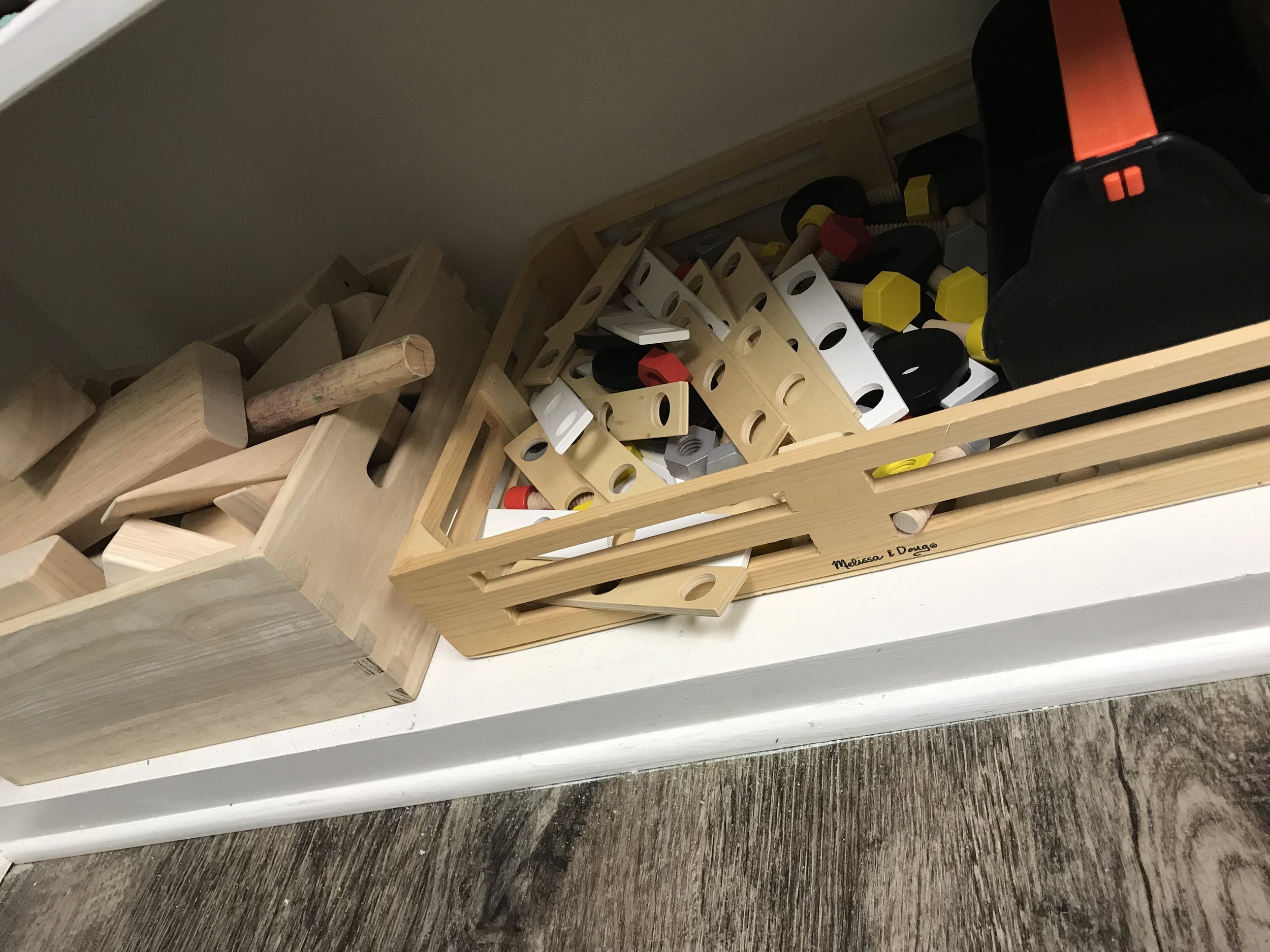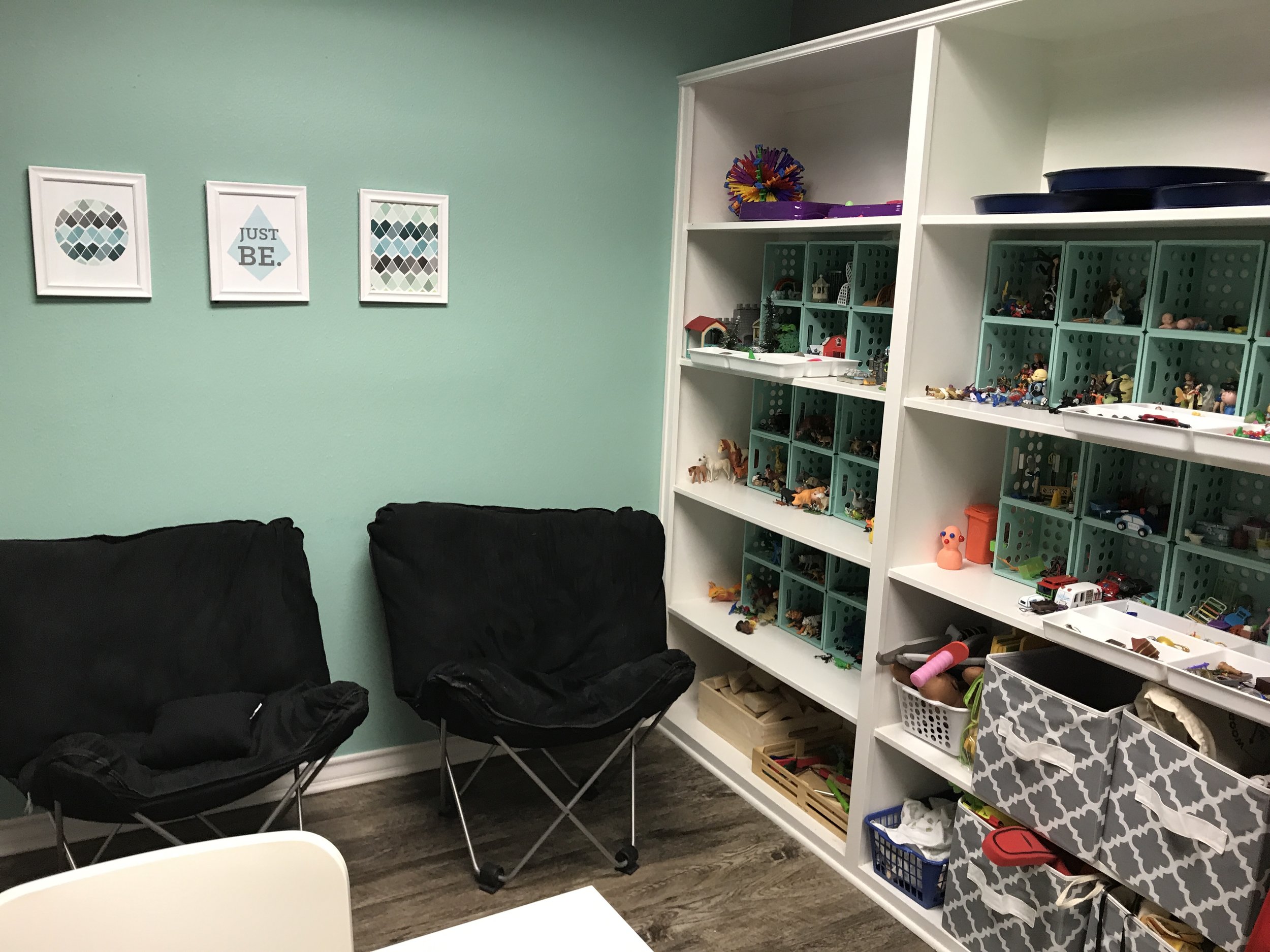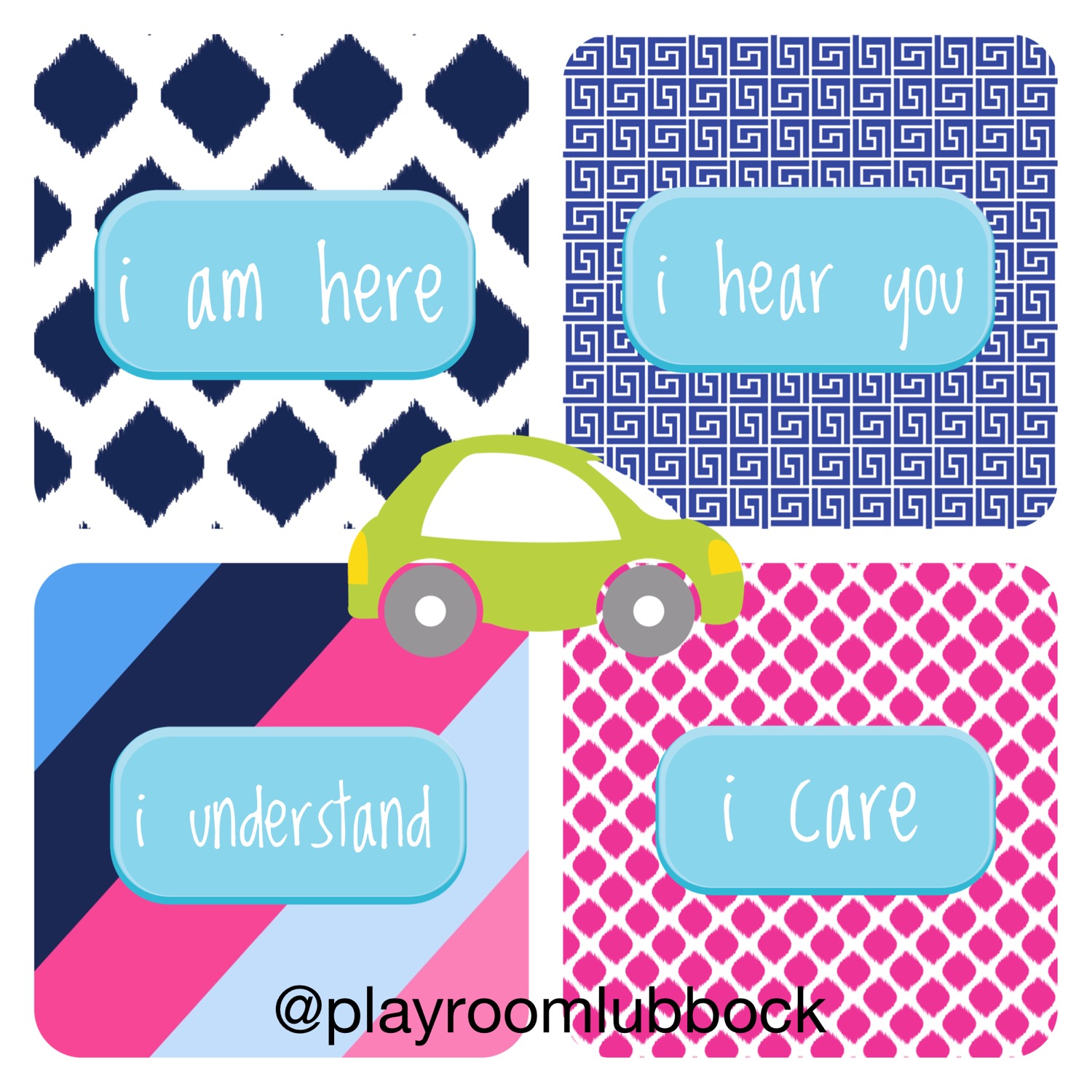By Katherine “Katy” McAlpine, MEd, LPC
What do most teenagers have in common these days? Smart phones. Most modern day parents are navigating the ins and outs of their teen children having access to the entire internet in the palm of their hands. Helping our teens navigate these developments in technology while keeping them safe and giving them autonomy can feel sticky sometimes. By reading this, my hopes are to help you and your teens come up with some harmonious plans for navigating what may seem at times uncertain technological waters.
The first iPhone was released to the public in June of 2007. I (Katy McAlpine) was 15 at the time, about 6 months away from getting my driver’s license. I had a flip phone with a very limited amount of texts per month that I for sure, went over most months, driving my parents bonkers. There wasn’t even a camera or games to play! An iPhone wouldn’t make it into my hands till I was a sophomore in college, 5-6 years later. Preteens and teens these days will likely receive a smartphone as their first mobile device, typically between the ages of 10-13.
Many parents are reporting either feeling overwhelmed by the technology their teens now have access to or feeling overwhelmed by the prospect of giving them a smartphone at some point in time. Let’s talk about the importance of access to technology and how to keep your kiddos safe while giving them the autonomy to have access.
Teenagers are sharing that having smartphones helps them feel more connected to friends and out of town family. Teens are using technology for entertainment and educational purposes and for staying connected to the world around them, amongst other reasons. Our children even learn their schoolwork on and do the majority of their homework and test taking on devices, rather than pencil and paper.
While many adults understand the importance of technology in our society and the importance of their teenage children being connected to technology, what parents of teens fear most tends to be exposure to inappropriate content, high levels of screen time, and unsafe cyber relationships/interactions or being preyed on by cyber predators. Here are some thoughts on how to establish safety while your teen is accessing technology and having collaborative and open conversations with them about it.
Before giving your preteen or teen a smartphone, consider reflecting with your partner or co-parent about your motivation. Why are you wanting to give your preteen a smartphone? Are they in an afterschool or outside of school extracurricular or having sleepovers at friend’s houses? Do you want them to be able to contact you when they are at your co-parent’s house? Consider getting them a basic device such as those sold by Bark or Gabb. These devices let your child call or text only the contacts you’ve saved to the device and some have location services. You can feel a sense of security knowing they can contact you after their sport practice or if they want to come home early from the sleepover without the worry of them having access to the internet before they are developmentally ready.
When it comes time to consider giving your kid a true smartphone or computer with internet access, having conversations with them about the importance of internet safety will be helpful. Help your teen understand what it means to have a conversation with a stranger over chat and give them some boundaries about internet etiquette. Set boundaries such as never giving away their phone number or home address and keeping private other detailed personal information such as gender, age, state they live in, or what school they go to. Have safety filters engaged on web browsers to limit access to adult content and talk to your teen about why you do that.
When your child stumbles across explicit adult content and comes forward to you about that exposure, acknowledge your gratitude in them feeling secure enough to tell you. When they don’t tell you directly and you discover the exposure for yourself, being direct and compassionate with your teen is important. Acknowledge to them that their teenage brains are wired to be excited about novel content, that viewing pornography or otherwise explicit content can be both scary and intriguing. Help guide the conversation toward empathy and acknowledging why viewing such content can be harmful to their developing minds.
Technology is an integral part of modern day society. Teens desire to be trusted with access to technology and parents want to give them autonomy to explore. Teenage minds are developing in a way that derives pleasure from novel and exciting experiences and technology is one way teens can receive that. We, as adults, can work with our teens to help them understand the importance of internet safety while having fun exploring something new to them.
I’ve attached these resources as guides to having various conversations with your teens about technology. Some parents are navigating and assessing readiness before giving smartphones and some are navigating situations that have happened since having already given technology. My hopes are that you find these resources helpful in your journey as a parent with a teen!
https://www.lookupnonprofit.com/techagreement
https://www.betterscreentime.com/am-i-ready-for-a-personal-device-a-self-evaluation-for-teens/
